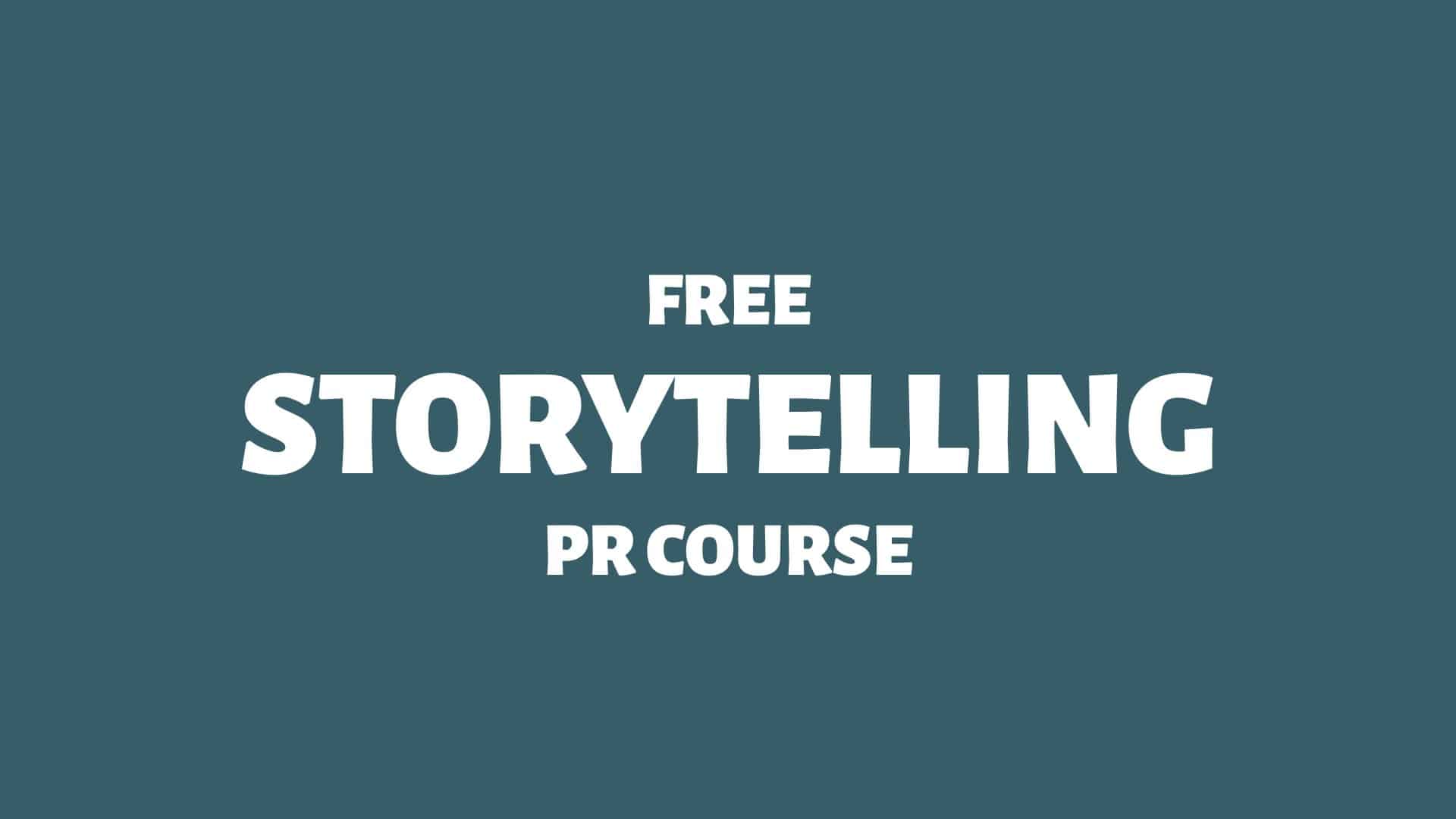Explore the three-act structure of Greek storytelling.
From ancient Greek theatre to modern cinema, the three-act structure has endured, evolving alongside changes in artistic sensibilities and audience preferences.
This blog post explores the three act-structure’s historical origins, structural components, and narrative functions, examining their enduring relevance and adaptability in contemporary drama.
Here we go:
The Three Act-Structure
Spin Academy | Online PR Courses
The Three-Act Structure of Drama
From its ancient origins in Greek theatre to its modern manifestations in film and literature, the three-act structure of drama has evolved alongside changes in artistic practice and audience preferences. 1Three-act structure. (2023, October 29). In Wikipedia. https://en.wikipedia.org/wiki/Three-act_structure
Each act serves a specific narrative function, contributing to the overall progression of the story.
Dramatic Functions
The three-act structure serves several essential functions within dramatic narratives, facilitating coherence, emotional engagement, and thematic resonance.
Learn more: The Three Acts of Drama
💡 Subscribe and get a free ebook on how to get better PR.

Three Act Structure: Historical Roots
The origins of the three-act structure can be traced back to classical Greek drama, notably the works of Aristotle. In his seminal work “Poetics,” Aristotle outlined the principles of dramatic structure, emphasizing the importance of unity of action, character, and plot progression. 8Poetics. (2023, June 3). In Wikipedia. https://en.wikipedia.org/wiki/Poetics
While not explicitly divided into acts, Greek plays typically adhered to a basic structure consisting of exposition, rising action, climax, falling action, and resolution. This rudimentary framework laid the groundwork for later developments in dramatic storytelling.
The art of storytelling has been an integral part of human culture since time immemorial. The three-act structure is a cornerstone, providing a framework for organising plot elements and engaging audiences.
Three-Act Structure: Evolution and Adaptation
While the classic three-act structure remains a foundational narrative framework, it has undergone various adaptations and reinterpretations.
Contemporary filmmakers and playwrights continue experimenting with narrative structure, blending traditional conventions with innovative approaches to storytelling.
From nonlinear narratives to unconventional plot structures, the evolution of drama reflects changing artistic sensibilities and audience expectations. 9Bordwell, D. (2006). The way Hollywood tells it: Story and style in modern movies. University of California Press.
Despite these innovations, the fundamental principles of the three-act structure endure, serving as a timeless blueprint for crafting compelling narratives.
Whether in the form of a Hollywood blockbuster or an avant-garde theatrical production, the three-act structure remains a versatile tool for engaging audiences and exploring the complexities of the human experience.

THANKS FOR READING.
Need PR help? Hire me here.
PR Resource: Storytelling
Spin Academy | Online PR Courses

Spin’s PR School: Free Storytelling PR Course
Elevate your public relations game with this free Storytelling PR Course. Learn essential and timeless storytelling techniques for effective communication.
Storytelling Elements
Storytelling Scripts
Storytelling Inspiration
Learn more: All Free PR Courses
💡 Subscribe and get a free ebook on how to get better PR.

Annotations
| 1 | Three-act structure. (2023, October 29). In Wikipedia. https://en.wikipedia.org/wiki/Three-act_structure |
|---|---|
| 2, 7 | McKee, R. (1997). Story: Substance, structure, style and the principles of screenwriting. ReganBooks. |
| 3 | Field, S. (2005). Screenplay: The foundations of screenwriting. Delta. |
| 4 | Snyder, B. (2005). Save the cat!: The last book on screenwriting you’ll ever need. Michael Wiese Productions. |
| 5 | Vogler, C. (2007). The writer’s journey: Mythic structure for writers. Michael Wiese Productions. |
| 6 | Truby, J. (2007). The anatomy of story: 22 steps to becoming a master storyteller. Farrar, Straus and Giroux. |
| 8 | Poetics. (2023, June 3). In Wikipedia. https://en.wikipedia.org/wiki/Poetics |
| 9 | Bordwell, D. (2006). The way Hollywood tells it: Story and style in modern movies. University of California Press. |



